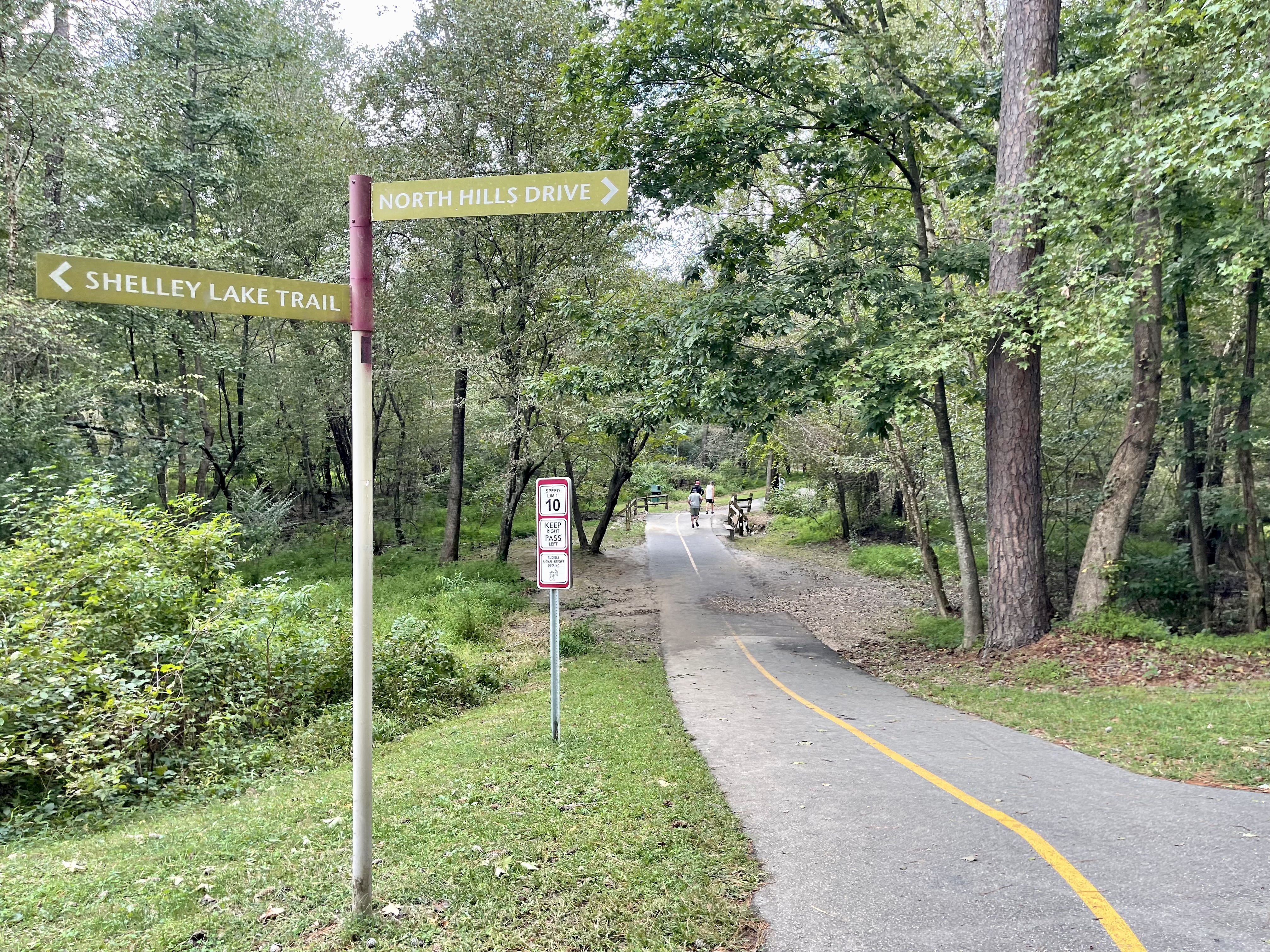The Core to WakeUP’s support of the Bus Rapid Transit (BRT) and associated Transit Overlay District zoning is our belief that investments in building up residences, jobs, and other everyday destinations around a frequent, reliable public transit system will significantly reduce the number of trips taken by car on the BRT corridors for decades into the future.
This is significant for many reasons. The first is that the transportation sector is the largest source of greenhouse gas emissions in the US, making up 29% of total emissions. Of that 29%, over half (58%) is due to light-duty vehicles, which is the category that includes personal vehicles. The reason passenger cars cause such a high percentage of our total emissions is largely because we depend on them to get to work, school, grocery stores, and other everyday destinations because much of the infrastructure in the U.S. has prioritized automobiles over public transit and other mobility options.


Source: US EPA: Fast Facts on Transportation Greenhouse Gas Emissions
When walking, biking, or public transit options aren’t supported through our land planning decisions or infrastructure investments, it becomes harder for people to get where they need to go without using a car. This car dependence has been cited as a huge threat to the climate, as even “green” suburban single-family homes consume more energy than urban single family homes that have no green technology, while urban multi-family homes consume the least. WakeUP Executive Chair Adam Terando discusses this Wicked (Sub)Urbanization Problem as part of NC State’s Wolfpack Solutions.
We see that this trend holds true for Wake County as well. The lightest colors (like the dense downtown Raleigh zip codes 27601 and 27605) represent fewer average emissions per household. The pattern shows that the zip codes outside of the urban center have higher emissions, on average, and the highest emitting zip codes are among the farthest in the county.
Even as cars become energy efficient and adoption of electric vehicles increases, the Vehicle Miles Traveled (VMT) is still increasing, which lessens these gains in efficiency. NCDOT’s Vehicle Miles Traveled Reduction Study reports that between 2003-2019, annual VMT in the US grew by 13% from 2.89 to 3.26 trillion while during the same period, VMT in North Carolina increased 31%, from 93.7 to 123.1 billion. Furthermore, in a 2020 report by the company StreetLight Data, Raleigh was ranked the worst in VMT per capita out of the 100 largest metro areas in the US.
This is largely due to the decisions made in land use planning, which has led to sprawling cities with pervasive low-density zoning that makes it difficult to get around without a car. This in turn affects not only the environment but also things like housing, health, and the local economy. This is a notable problem in the Southeast, as continued growth in major cities like Raleigh, Charlotte, and Atlanta and their surrounding metro areas are projected to urbanize into a “Southern Megalopolis.”


However, sprawl is an issue in many cities and regions in the U.S. When comparing a dense city like Chicago to a sprawling city like Houston, for example, a Chicago resident can walk to an average of five restaurants, bars, or coffee shops within five minutes while a Houston resident can only walk to 0.5 of these businesses, despite having about the same number. Perhaps unsurprisingly, the StreetLight Data report named the Houston metro area #71 compared to Chicago’s #31, and the gasoline consumption per capita in is about 200 gallons higher in Houston than Chicago.
When walking, biking, or public transit options aren’t supported through our land planning decisions or infrastructure investments, it becomes harder for people to get where they need to go without using a car. While we know this affects climate on a regional or global scale, it is also important to think about the impacts on our local environment. Increased car traffic can lead to a local increase in air pollutants like carbon monoxide, sulfur dioxide, and other particulates, and stormwater runoff from roads can impact our water. Sprawl and inefficient land use can also disturb or destroy important habitat for wildlife and impact the ability of ecosystems to provide us with important ecosystem services.
In our fight against climate change and towards healthy, thriving communities, creating communities that enable non-car mobility options is one of the most important steps we can take and, unlike clean energy solutions, does not rely on the development of new green technologies. These issues have resulted from choices that we have made, and it is up to us to advocate for better, strategic land use planning decisions that embrace the growth of our city as an opportunity to support more sustainable, thriving communities.
For more information on how investing in public transit and transit-oriented zoning like TOD can improve climate and environment outcomes, check out these additional resources:
- WakeUP emissions fact sheet & land use fact sheet
- Carbon Footprint Calculator | Climate Change | US EPA
- The Missing Link of Climate Change: Single-Family Suburban Homes – Bloomberg
- To reduce transportation emissions, make it realistic for people to ditch cars | Smart Cities Dive
- Transport Plays a Key Role in Urban Air Quality | World Resources Institute


